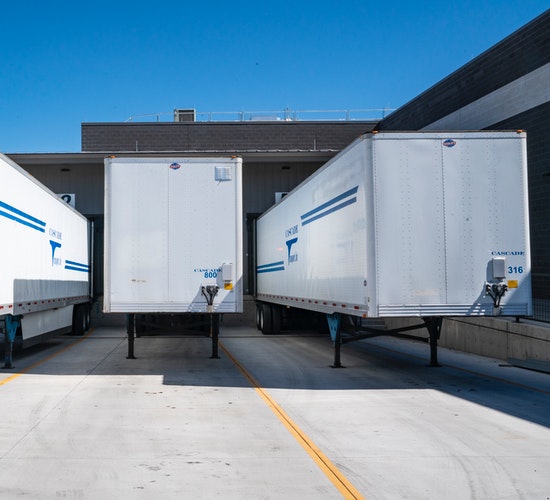
When running a business, there are many different things that you need to keep in mind. One of the most important but often overlooked aspects is vehicle maintenance. If you have a large vehicle or fleet of vehicles, it’s important to ensure that you are taking steps to keep them in good condition. This blog post will discuss five business tips for maintaining large vehicles:
Make a Schedule and Stick to It
One of the most important things you can do is create and stick to a schedule. This will help ensure that all vehicles in your fleet are getting the attention and that no one falls through the cracks. There are many ways to create a schedule, so find one that works best for you and your team. If you are unsure how to create a schedule, there are plenty of free templates available online that can help get you started.
For instance, if your company uses vehicles daily as part of its operations. It would be wise to make sure all maintenance is done weekly, so nothing slips past unnoticed for months. This could pose an issue down the road when something breaks down. Ensure all employees know their responsibilities by keeping up with vehicle maintenance work. So everyone has some accountability in this area—especially management.
Inspect Vehicles Regularly
Besides having a schedule in place, it’s important to inspect your vehicles regularly. This means looking at things like the tires, brakes, oil level, and more. You can catch minor problems before they become big ones by doing this. It’s also a good idea to have your employees do regular inspections. After all, they are the ones who are most likely to notice something that needs attention.
If possible, try to inspect every time a vehicle is returned from a job or trip. This will help ensure that any potential issues are caught and dealt with as soon as possible. And don’t forget about those seasonal checks. Ensure you’re prepared for winter and summer by having your vehicles inspected accordingly.
Keep a Maintenance Log
This will allow you to document everything that has been done to each vehicle and when it was done. This can be helpful if you need to refer to something later on or if there is ever an issue with one of your vehicles.
You can either create your log or find one online that’s suitable for your needs. Many templates and formats are available, so finding one that works best for you shouldn’t be too difficult. A maintenance log is a great way to keep track of all the work done on your vehicles. It’s also an excellent resource if any problems do ever arise.
Also, it’s important to keep your truck clean both inside and out. Not only will this make it look nicer, but it will also help to protect the truck from dirt and debris, which can damage the paint job and other surfaces. Use commercial truck wash chemicals specifically designed for large vehicles.
Create a Checklist for Each Vehicle
One of the best ways to keep track of what needs to be done is by creating a checklist. This way, you can make sure everything gets taken care of. You’ll also know what has been completed and when it was finished.
Also, a checklist provides an easy reference point for future maintenance checks. An easy way to create checklists is with Microsoft Excel or Google Sheets. They’re free programs available online if you don’t already have them installed on your computer.
Use the Right Tools
This means having things like a jack, lug wrench, and socket set on hand so you can take care of any repairs or tasks that need to be done. It’s also a good idea to have a toolbox handy so that you can store all your equipment in one place.
If you’re unsure what tools you need, do some research online or ask someone at a local auto shop for advice. By using the right tools, you’ll make it much easier for yourself to get the job done—and who doesn’t love that? Having the proper tools makes vehicle maintenance much simpler and less time-consuming.
Final Thoughts
Vehicle maintenance is important for any business that uses vehicles to transport goods or people. By following these five tips, you can ensure that your fleet stays in good shape and doesn’t break down when you need it most. It’s also a great way to keep track of all the work done on your vehicles.


